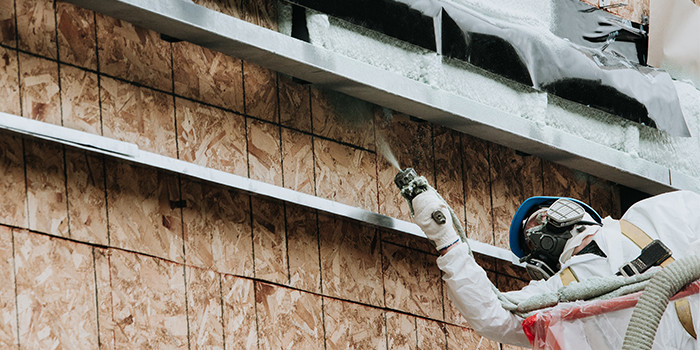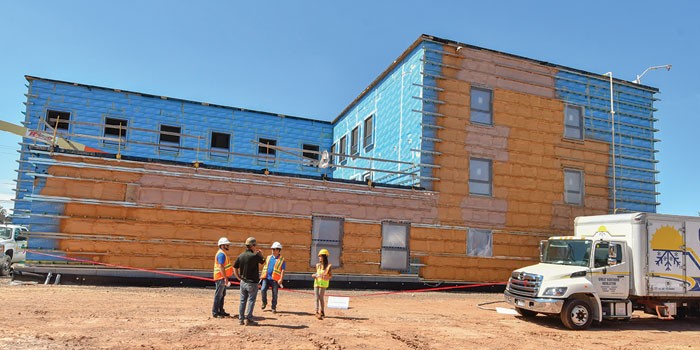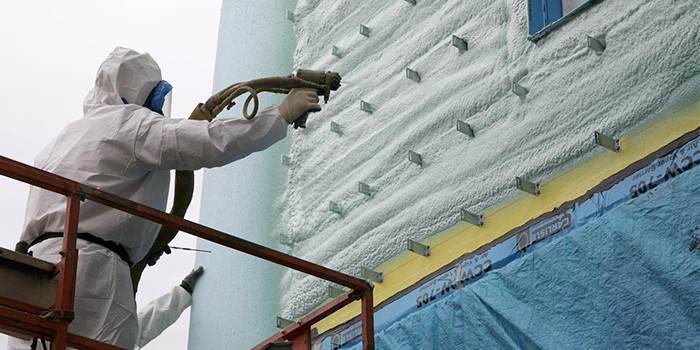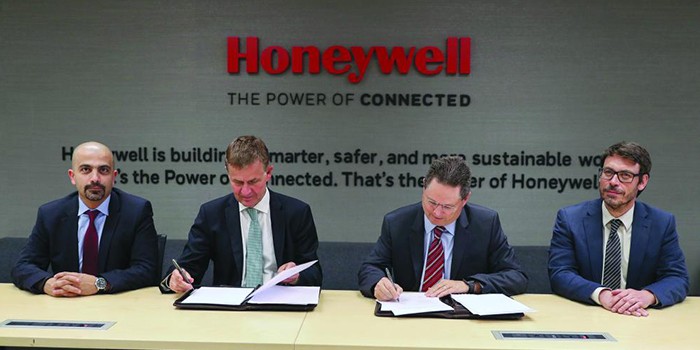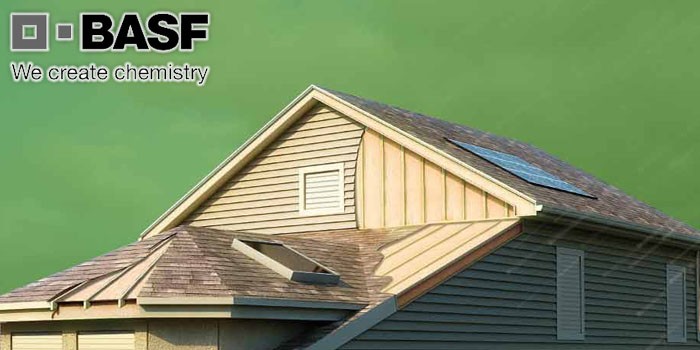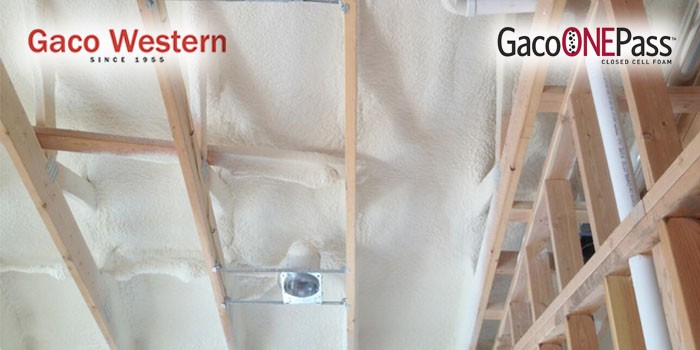Japan Triples Its Adoption Of Honeywell Low-Global-Warming Building Material To Achieve Key Environmental Goals
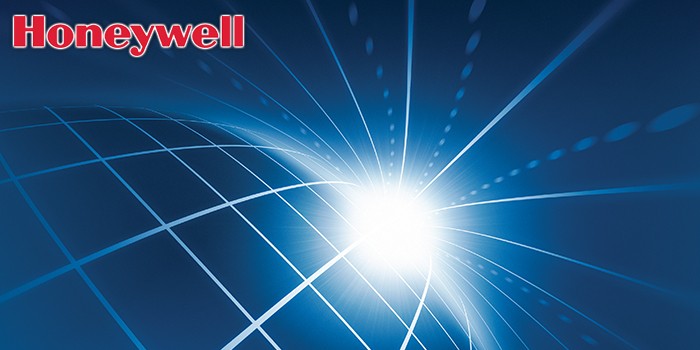
TOKYO, JAPAN – December 1, 2017 – Honeywell (NYSE: HON) announced that more than 300 Japanese buildings are now insulated with closed-cell spray polyurethane foam formulated with its Solstice Liquid Blowing Agent (LBA). The number of adoption cases more than tripled from 2015, and applications span both the residential and commercial buildings.
In 2014, Japan established the Net Zero Energy Building (ZEB)*1 concept. This energy policy aims to have all newly constructed public buildings to be zero-energy by 2020 and achieve average net emissions of zero in newly constructed buildings by 2030. The country is working to improve overall sustainability and energy efficiency in the construction industry, which is responsible for one-third of all energy consumption.
Japan is also aiming for a 26 percent reduction of carbon dioxide (CO2) emissions by 2030 from 2013 level. For the construction industry to help meet this target, a reduction of 40 percent of overall energy-derived CO2 emissions is required. In addition, the industry must control and reduce the use of hydrofluorocarbons (HFCs) used in air-conditioning, panels, spray foam insulation and extruded polystyrene (XPS) foam, which contribute to CO2 emissions. Solstice LBA, which is based on next-generation hydrofluoro-olefin (HFO) technology and has an ultra-low global-warming-potential (GWP) of 1, is an ideal solution to meet these requirements.
“Building owners and developers are in need of the most sustainable technologies not only to comply with Japan’s energy efficiency regulations, but also to optimize the ZEB value of their buildings,” said Katsuyuki Takise, the general manager of Honeywell Advanced Materials, Japan. “We have worked with many of them—from large developers to small local owners—to help them transition to closed-cell spray foam insulation formulated with Solstice LBA, so they can meet and even exceed their energy efficiency goals.”
Honeywell has tracked the adoption of Solstice LBA in Japan since 2015. Of the more than 300 buildings, more than 200 came from local owners and developers, which were commissioned to more than 150 general contractors, establishing Solstice LBA as a trusted alternative to HFC blowing agents by building owners who are eager to maximize the sustainability of their assets.
The latest data shows that Solstice LBA-blown foam is also accelerating in large-scale commercial and residential complexes, which are under separate procurement guidance to use “non-flon” insulation. Adoption is also increasing at offices, hospitals and elder care homes, as well as warehouses.
RELATED Chinese Appliance Leader Uses Honeywell Solstice For Energy-Efficient Refrigerator Insulation, Honeywell Offers New Continuing Education Course on Closed-Cell Spray Polyurethane Foam, Honeywell Discusses the Fundamentals of Blowing Agents , Honeywell's Low-Global-Warming Insulation Material Wins Green Building Products Award
Developed by Honeywell, Solstice LBA is a critical ingredient in closed-cell foam insulation, allowing it to expand and enabling its excellent thermal insulation performance. Solstice LBA is non-ozone-depleting, non-VOC by US EPA and non-flammable. Its GWP is 1, which is 99.9 percent lower than HFCs and equal to carbon dioxide, and it is classified in Japan as non-flon, which is exempt from HFC control regulations.
Closed-cell spray polyurethane foaming systems formulated with Solstice LBA are available at most of the Japanese and global system houses. Injected foam metal sandwich panels using Solstice LBA are also available from domestic manufacturers for insulation of cold and refrigerated houses and appliances.
Honeywell is a world leader in the development, manufacture and supply of a family of Solstice branded products including stationary, commercial refrigeration and mobile refrigerants, liquid and gaseous blowing agents, solvents, and propellants, all based on Honeywell’s HFO technology that helps customers lower their carbon footprint without sacrificing end-product performance.
*1 Net Zero Energy Building (ZEB) is a building with considerably reduced annual energy consumption by saving as much energy as possible via better heat insulation, solar shading, natural energy and high-efficiency equipment as well as creating energy (e.g., with photovoltaic power generation), while maintaining comfortable environments.
Honeywell is a Fortune 100 software-industrial company that delivers industry specific solutions that include aerospace and automotive products and services; control technologies for buildings, homes, and industry; and performance materials globally. Our technologies help everything from aircraft, cars, homes and buildings, manufacturing plants, supply chains, and workers become more connected to make our world smarter, safer, and more sustainable.
Disqus website name not provided.



